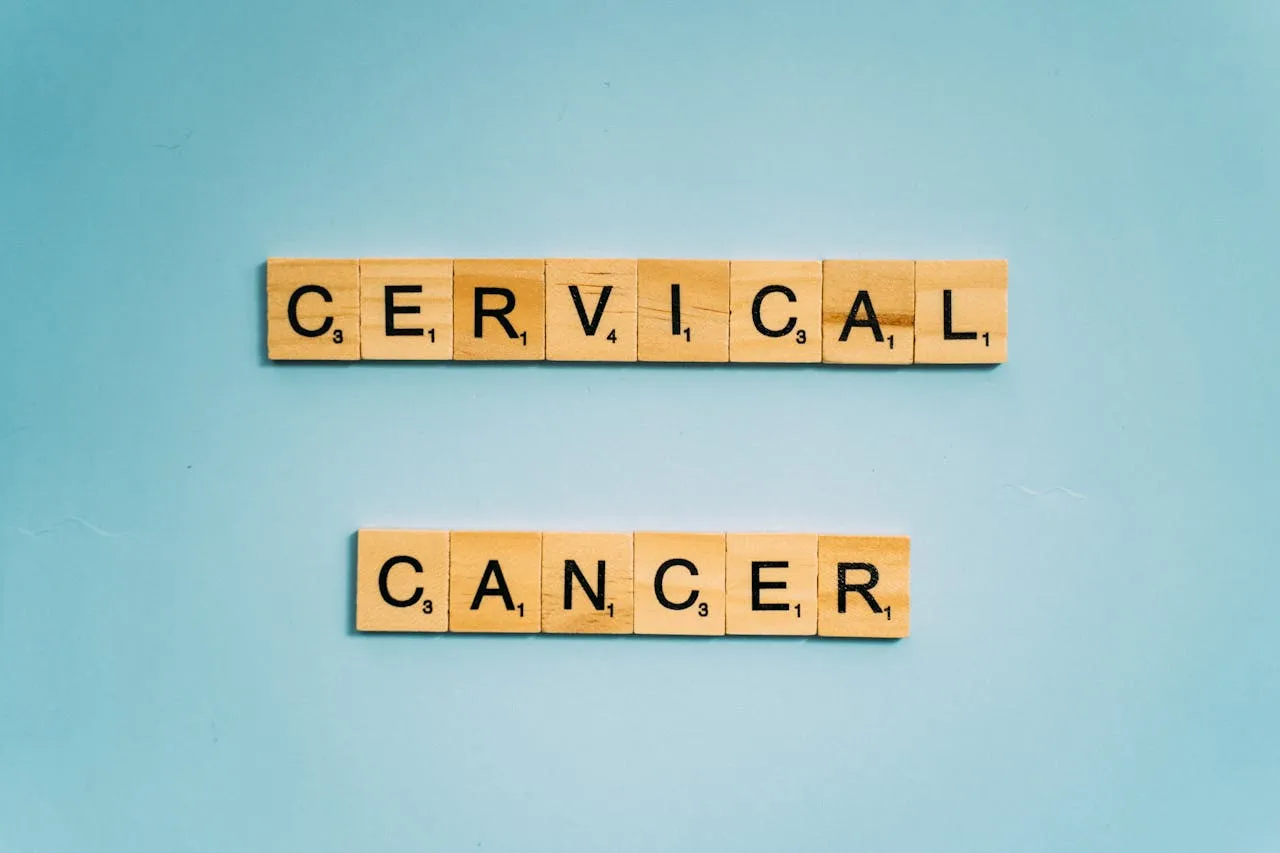
As world leaders gather in Rio de Janeiro, Brazil, for the G20 Summit this weekend, the city’s iconic Christ the Redeemer statue will be bathed in teal light in a symbolic show of support for the global fight against cervical cancer. This display is part of a broader movement led by the World Health Organization (WHO) and its partners, who are marking the occasion with a “Day of Action for Cervical Cancer Elimination.” Across the globe, countries are mobilizing efforts to combat cervical cancer through increased access to HPV vaccinations, expanded screening programs, new health policies, and community awareness campaigns.
This marks the fourth anniversary of a historic commitment made by 194 countries to eliminate cervical cancer, when WHO launched its global strategy to end the disease. Since then, significant progress has been made. Currently, at least 144 countries have introduced the HPV vaccine, over 60 nations include HPV testing as part of their cervical cancer screening programs, and 83 countries provide surgical care for cervical cancer within their health benefit packages.
Dr. Tedros Adhanom Ghebreyesus, WHO Director-General, acknowledged the progress but emphasized the ongoing challenges: “I thank all the health workers who are playing a critical role in this global effort. While we are making progress, we still face huge inequities, with women in low-income countries bearing most of the burden. Only with strong leadership and sustained investment can we achieve our shared goal of equitable access for communities most in need.”
Global Commitments on the Fourth Year of Action
Governments, organizations, and civil society groups around the world are marking the fourth year of this campaign with new commitments and activities aimed at advancing cervical cancer elimination. Notable initiatives include:
- Chile will launch a pilot program for self-collection HPV testing, a key part of its ongoing health care reform and commitment to universal primary health care.
- China will raise awareness through a series of academic lectures, health runs, and illuminations in 31 cities across the country.
- Democratic Republic of the Congo will host a 3-day forum to unveil its national strategy for cervical cancer elimination, culminating in a march in Kinshasa to raise awareness.
- Ethiopia, with support from Gavi, will kick off an HPV vaccination campaign targeting over 7 million girls.
- India: Civil society organizations will hold awareness campaigns and training sessions for healthcare professionals in multiple states.
- Ireland will unveil its action plan to achieve cervical cancer elimination by 2040, a year after it set this ambitious target.
- Japan will illuminate over 70 landmarks nationwide as part of its annual Teal Blue Campaign to raise awareness.
- Nigeria will mobilize advocacy efforts led by the Nigerian First Ladies Against Cancer to increase awareness and drive action.
- Rwanda will announce its target to reach the WHO’s 90-70-90 goals for cervical cancer elimination by 2027, three years ahead of the global timeline.
- South Africa will roll out health provider training programs in three provinces to enhance cervical cancer care and prevention.
Pushing for Improved HPV Testing
In line with these efforts, WHO is releasing new guidance on Target Product Profiles (TPPs) for HPV screening tests. These guidelines outline the preferred standards for HPV tests that can be used even in remote, low-resource settings where the burden of cervical cancer is highest. A key focus of the new guidance is on tests that allow women to collect their own samples, making testing more accessible and convenient. The TPPs also emphasize the need for high-performance, low-cost HPV tests that can be deployed in areas with limited healthcare infrastructure, driving innovation in the HPV testing market.
The new publication aims to catalyze the development of more effective and accessible HPV testing solutions, a crucial step in the global effort to eliminate cervical cancer, particularly in low- and middle-income countries.
Through sustained collaboration and leadership, the global community is making significant strides toward the elimination of cervical cancer, but there is still much work to be done. As countries continue to implement policies, invest in health systems, and raise awareness, the dream of a world without cervical cancer becomes ever more achievable.




